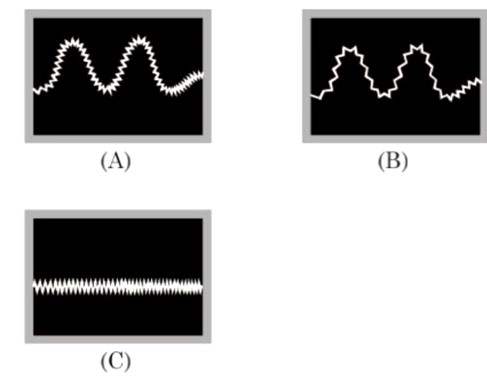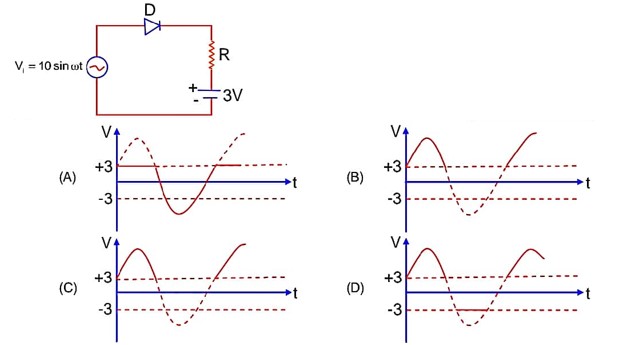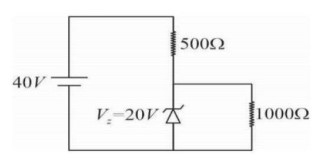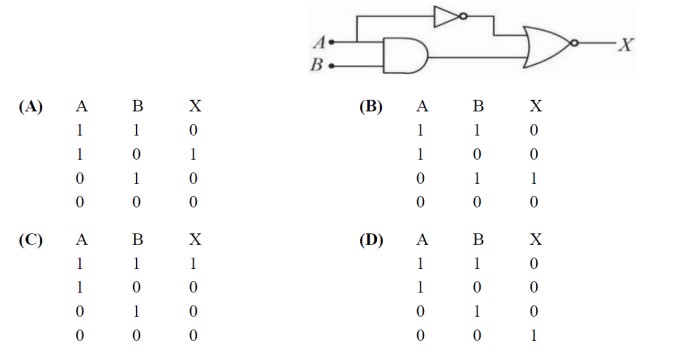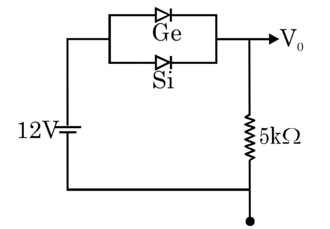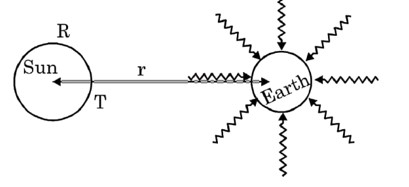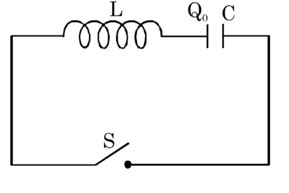Physics Ncert Solutions Class 12th
Get insights from 1.2k questions on Physics Ncert Solutions Class 12th, answered by students, alumni, and experts. You may also ask and answer any question you like about Physics Ncert Solutions Class 12th
Follow Ask QuestionQuestions
Discussions
Active Users
Followers
New answer posted
a month agoContributor-Level 10
Low pass filter will allow low frequency signal to pass while high pass filter allow high frequency to pass through
New question posted
a month agoNew answer posted
a month agoContributor-Level 10
Diode, in forward biased condition only, will allow current to flow through it.
Pot. different across resistor is
But in reverse biased condition of diode,
(across diode)
New answer posted
a month agoContributor-Level 10
Potential difference across R?
(R? / (R? +R? ) * V is greater than zenor voltage
⇒ i? = V_z/R? = 20/1000 A = 20 mA
Current through R? , i? = (40-V_z)/R? = 20/500 = 40 mA
Current through zener diode = i? - i? = 20 mA
New question posted
a month agoNew answer posted
a month agoContributor-Level 10
The time period of LC oscillations,
The time at which charge on the capacitor will be zero is
So t
Taking an Exam? Selecting a College?
Get authentic answers from experts, students and alumni that you won't find anywhere else
Sign Up on ShikshaOn Shiksha, get access to
- 65k Colleges
- 1.2k Exams
- 686k Reviews
- 1800k Answers

